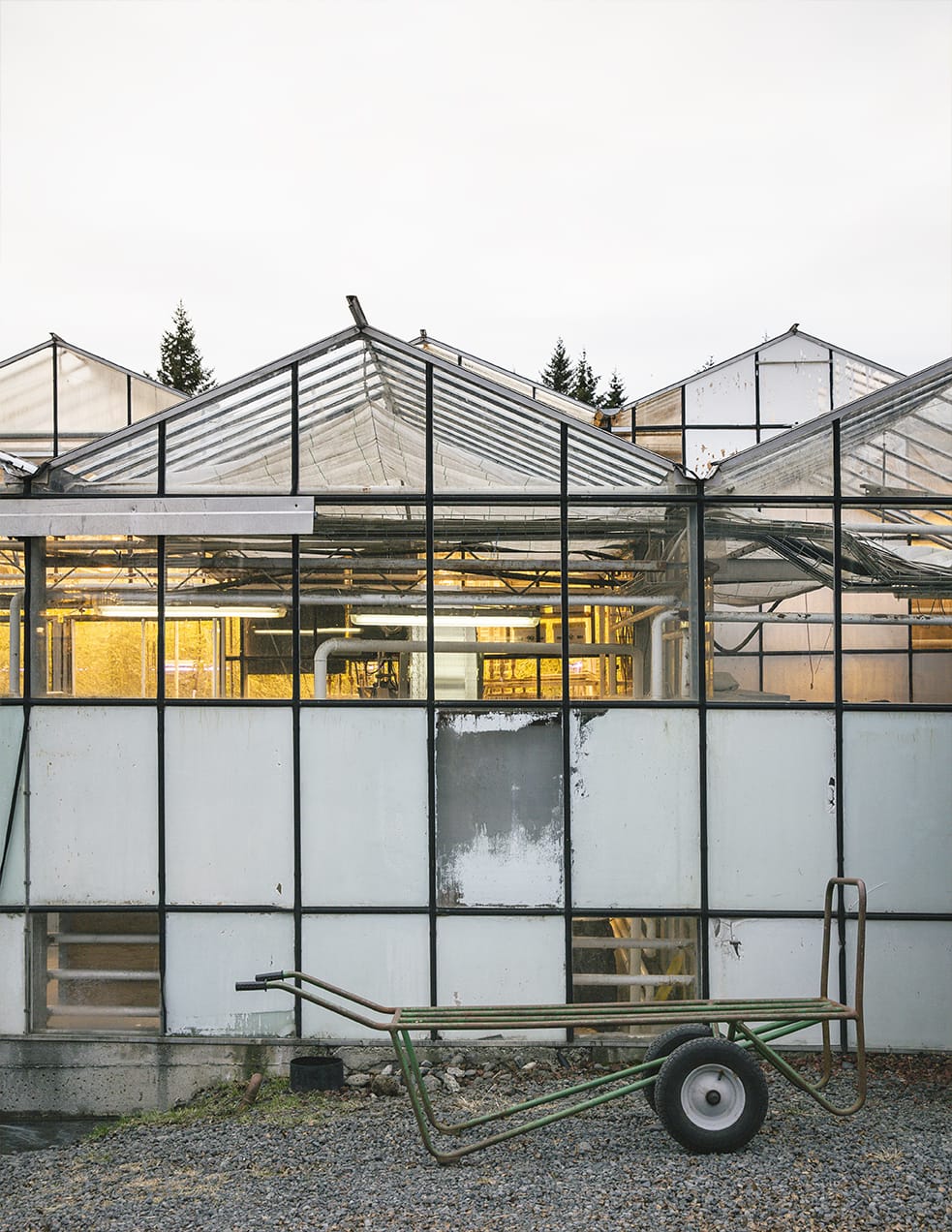
Friðheimar greenhouse and restaurant
Located in Reykholt, Friðheimar produces three varieties of tomatoes in its 5,000 square metres (54,000 square feet) of electrically lit greenhouses each year. Geothermal energy is used to heat and sterilise the soil and greenhouses, and to produce carbon dioxide and electricity. Friðheimar also doubles as a restaurant which works to keep the tomato production as local to Iceland as possible. All electricity used at the site comes from Iceland’s green electricity sources, carbon dioxide comes from natural steam at Haedarendi and growers use volcanic tuff, such as pumice from Mount Hekla, as a substrate in place of soil.
The volcanic geothermal energy that sits under Iceland’s towering glaciers is a valuable source for the tourism industry as well as local businesses. This isn’t a new phenomenon though: the country’s first geothermally heated greenhouses were built in 1923. Today 100% of icelandic electricity production comes from renewable sources.This transition nurtured an ecosystem of innovation and entrepreneurship that grew profitable businesses with a minimal impact on the environment.
Gewächshaus und Restaurant Friðheimar
Das in Reykholt ansässige Unternehmen Friðheimar produziert in seinen 5.000 Quadratmetern elektrisch beleuchteten Gewächshäusern jedes Jahr drei Tomatensorten. Geothermie wird zum Erhitzen und Sterilisieren des Bodens und der Gewächshäuser sowie zur Erzeugung von Kohlendioxid und Strom genutzt. Friðheimar dient auch als Restaurant, das sich dafür einsetzt, dass die Tomatenproduktion so lokal wie möglich in Island bleibt. Der gesamte am Standort verbrauchte Strom stammt aus isländischen Ökostromquellen, Kohlendioxid stammt aus natürlichem Dampf in Haedarendi und die Erzeuger verwenden vulkanischen Tuffstein wie Bimsstein vom Berg Hekla als Substrat anstelle von Erde.
Die vulkanische Geothermie, die sich unter den hoch aufragenden Gletschern Islands befindet, ist eine wertvolle Quelle für die Tourismusbranche und lokale Unternehmen. Dies ist jedoch kein neues Phänomen: Die ersten geothermisch beheizten Gewächshäuser des Landes wurden 1923 gebaut. Heute stammen 100 % der isländischen Stromproduktion aus erneuerbaren Quellen der Umgebung.
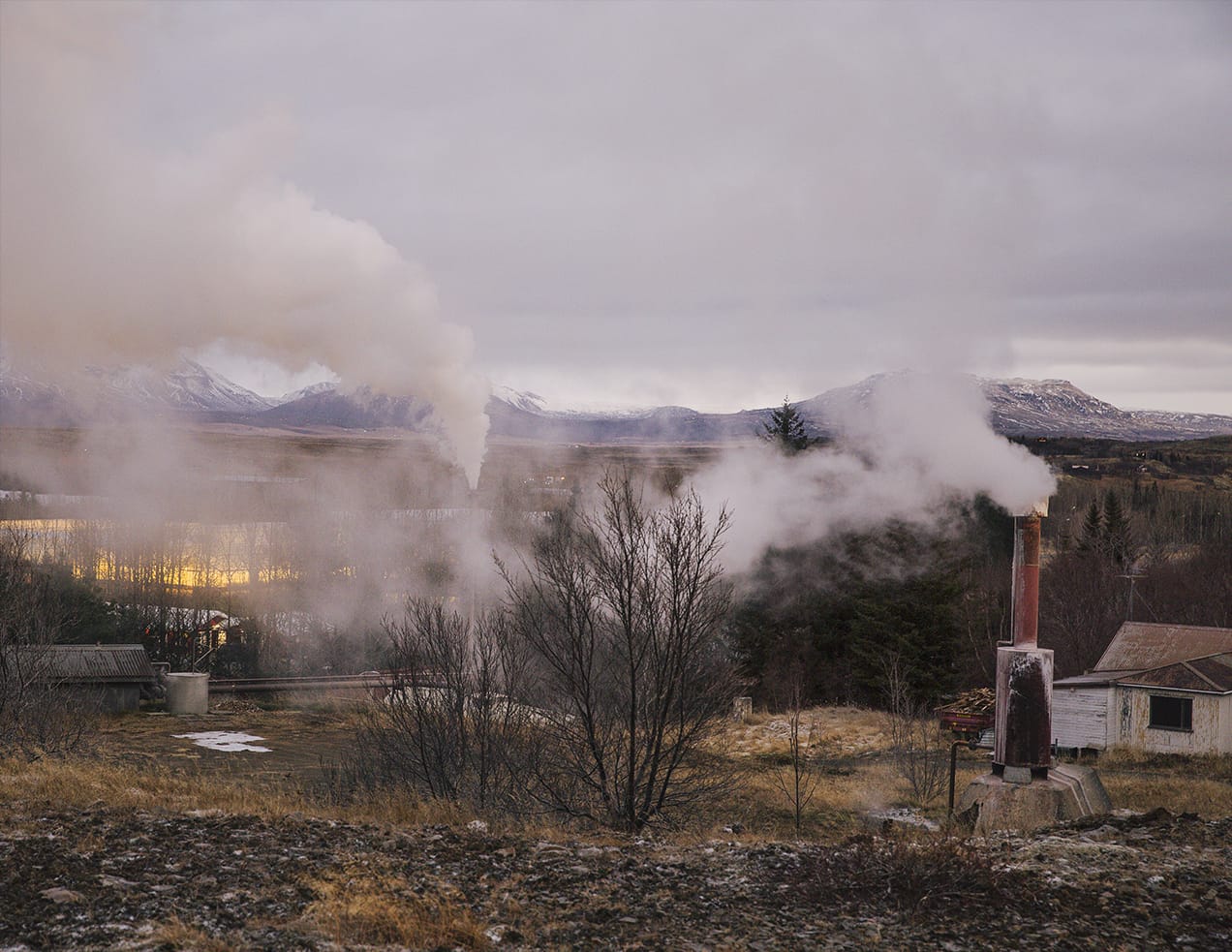
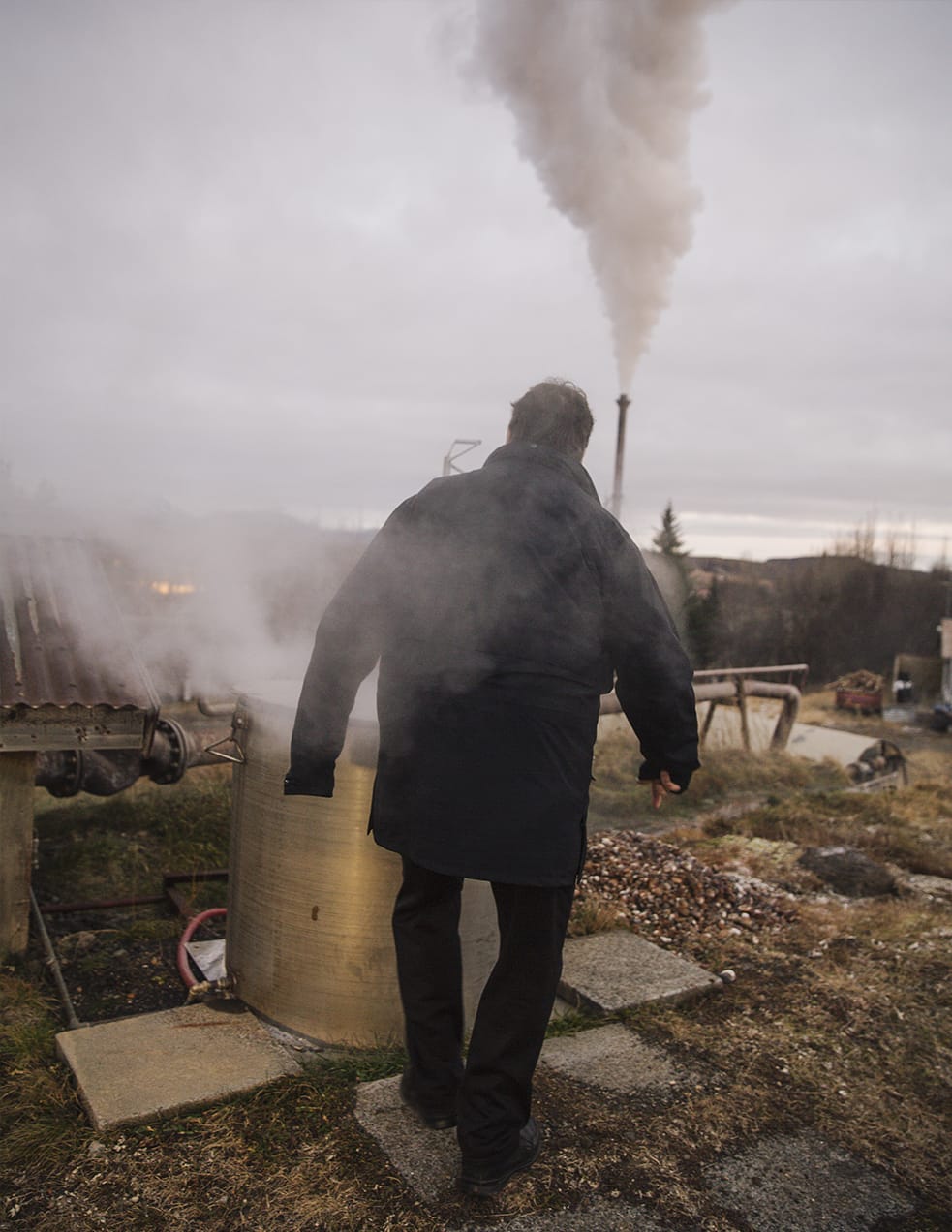
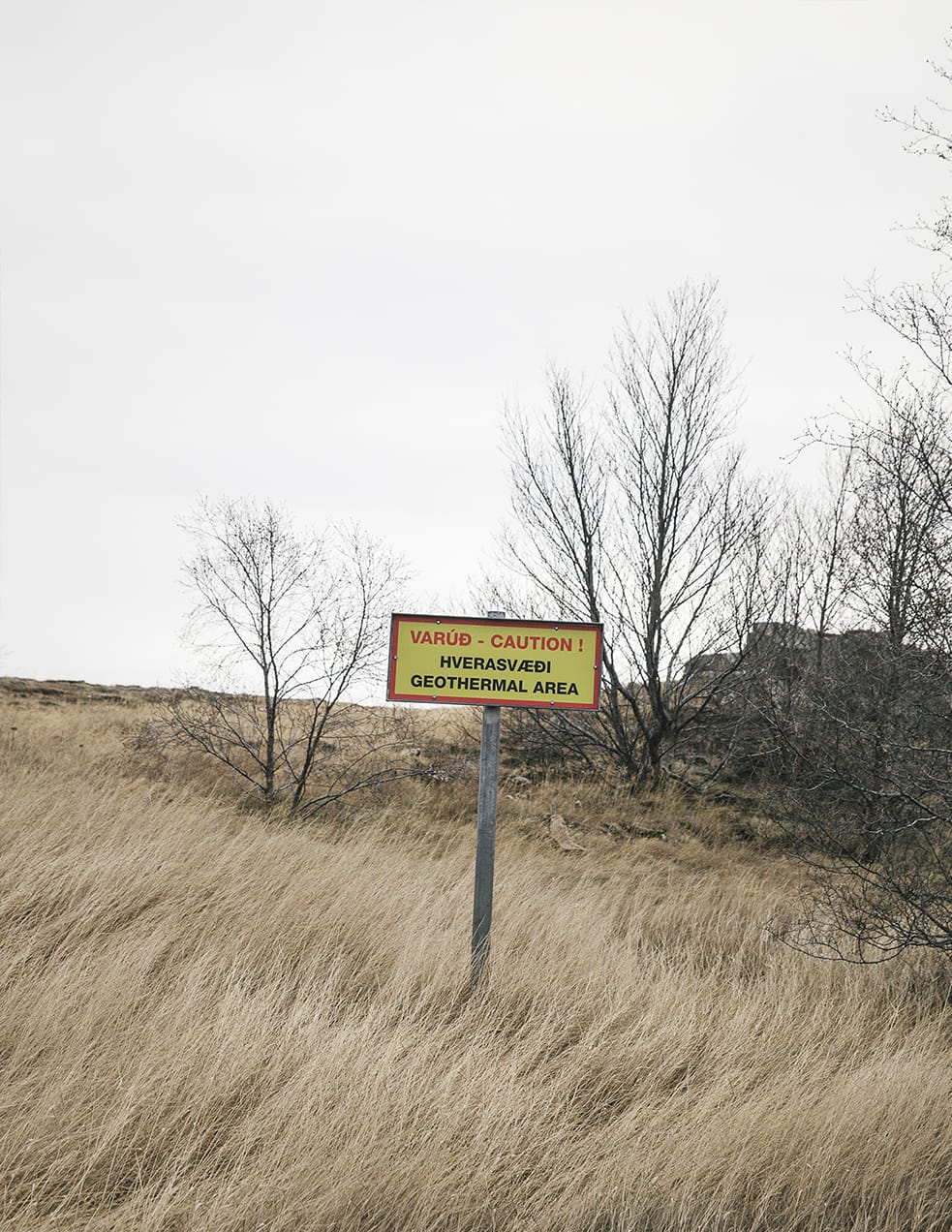
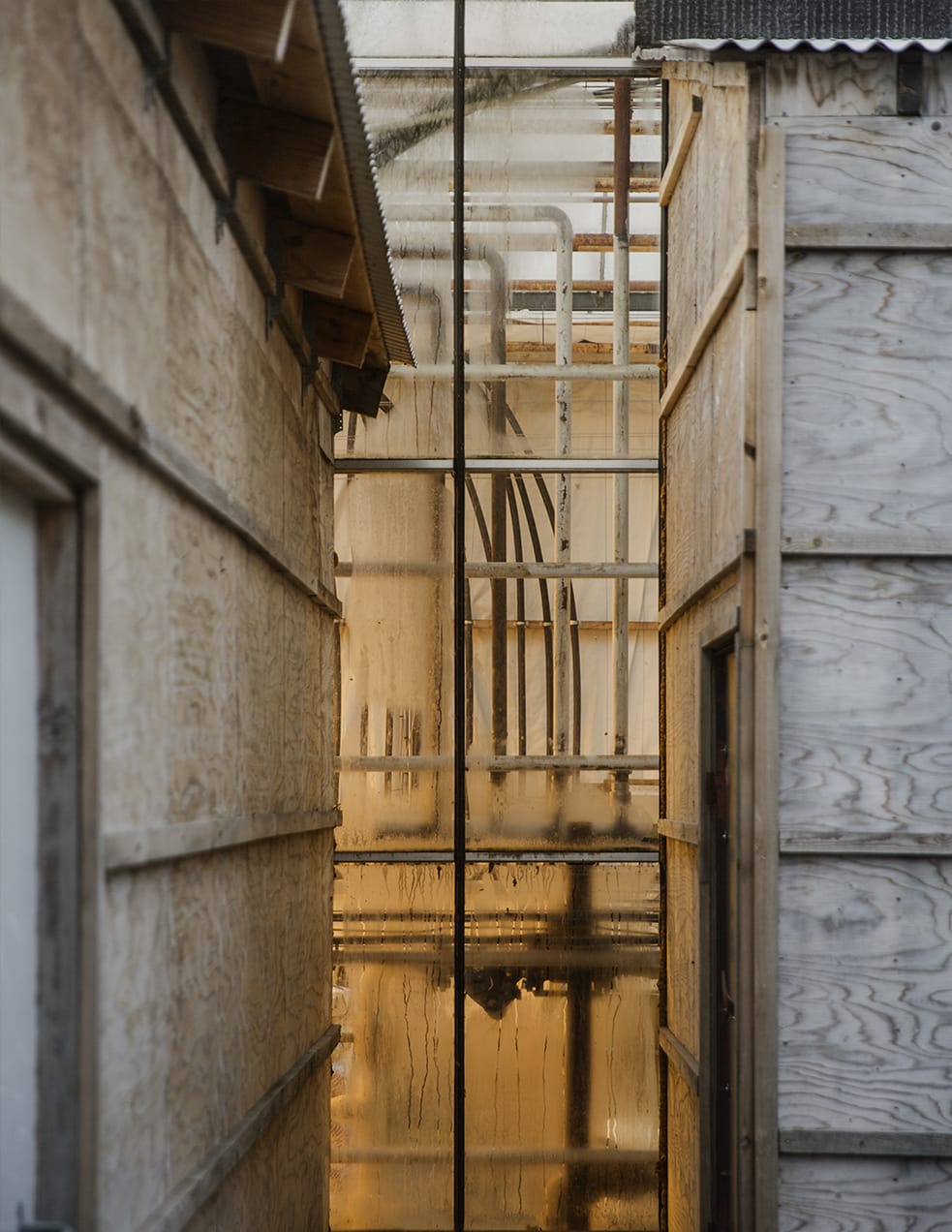
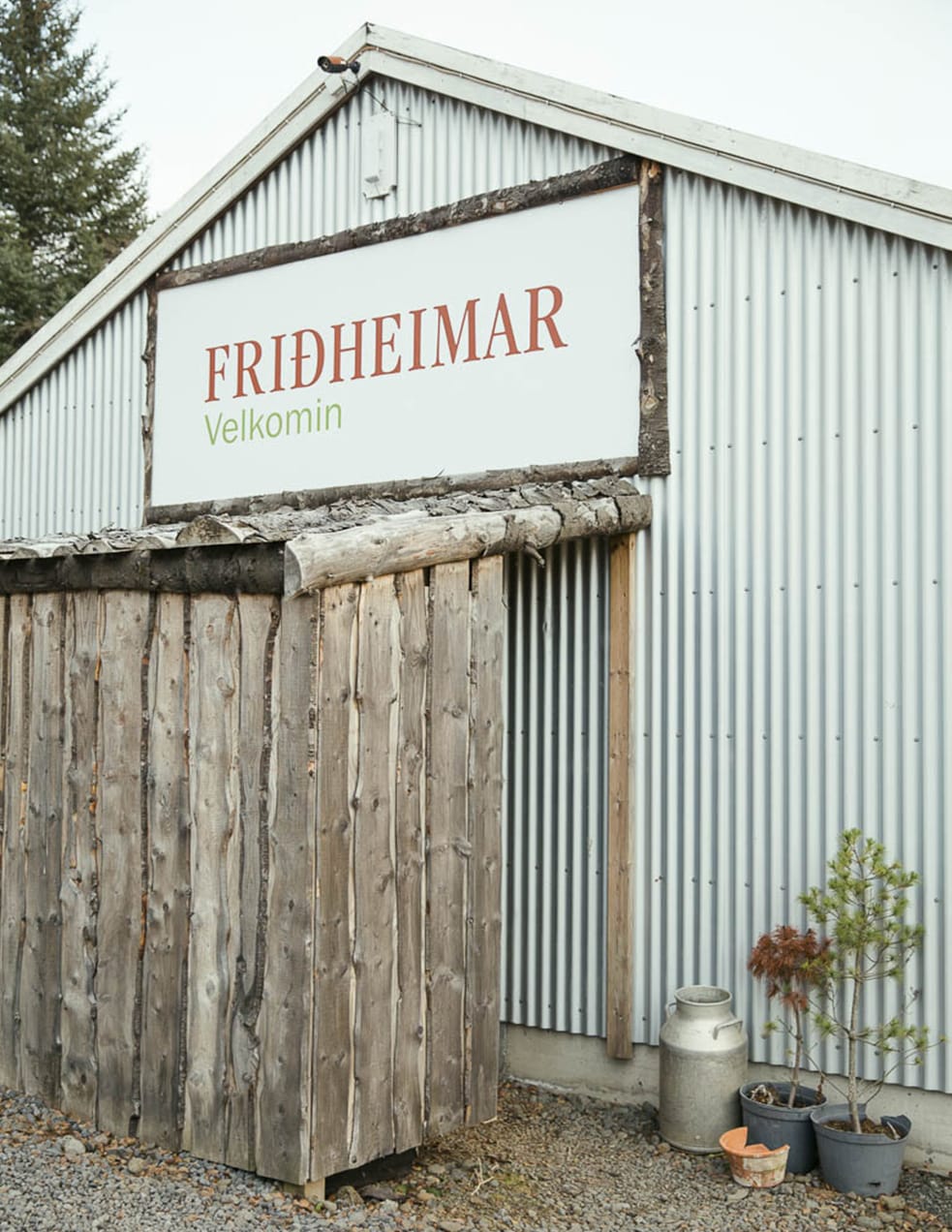

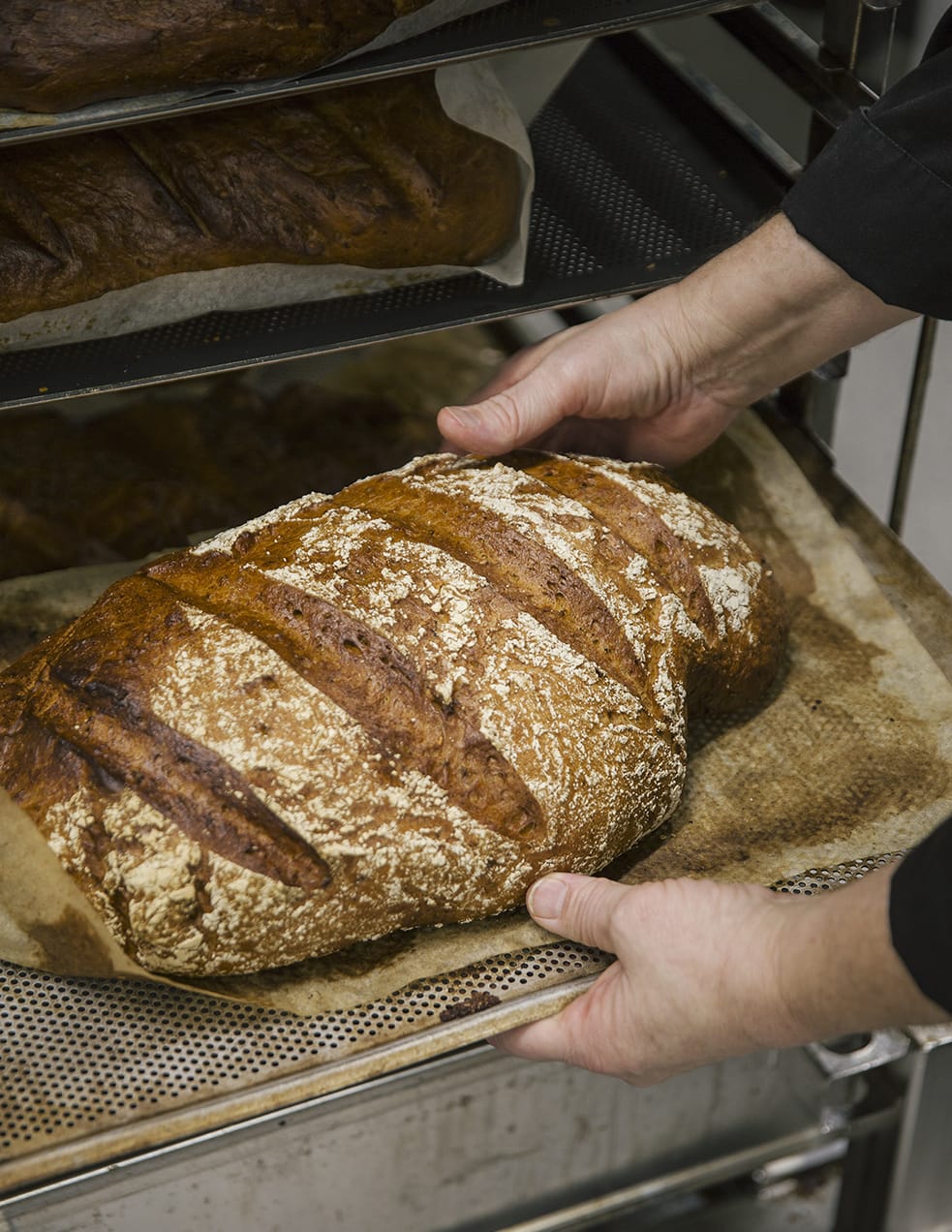

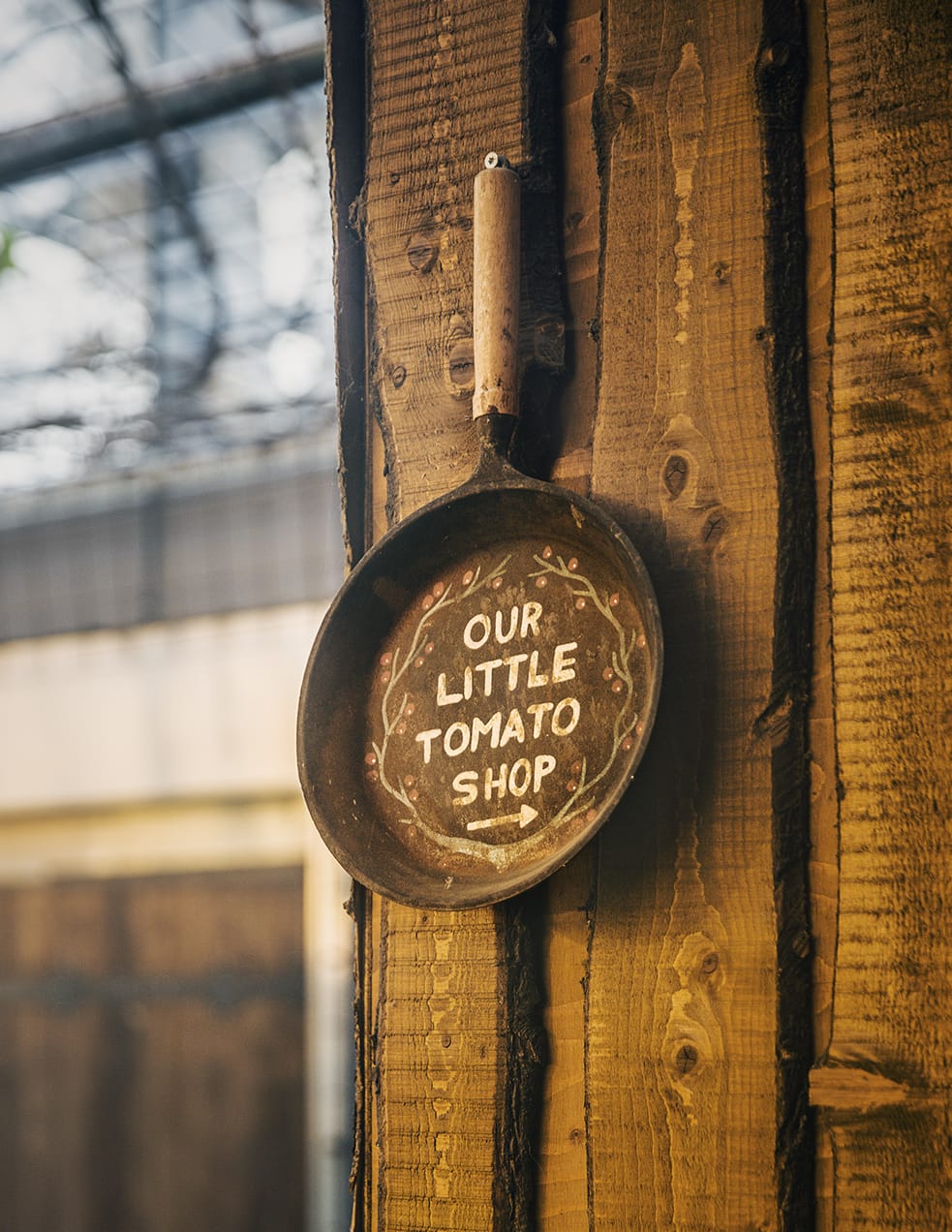
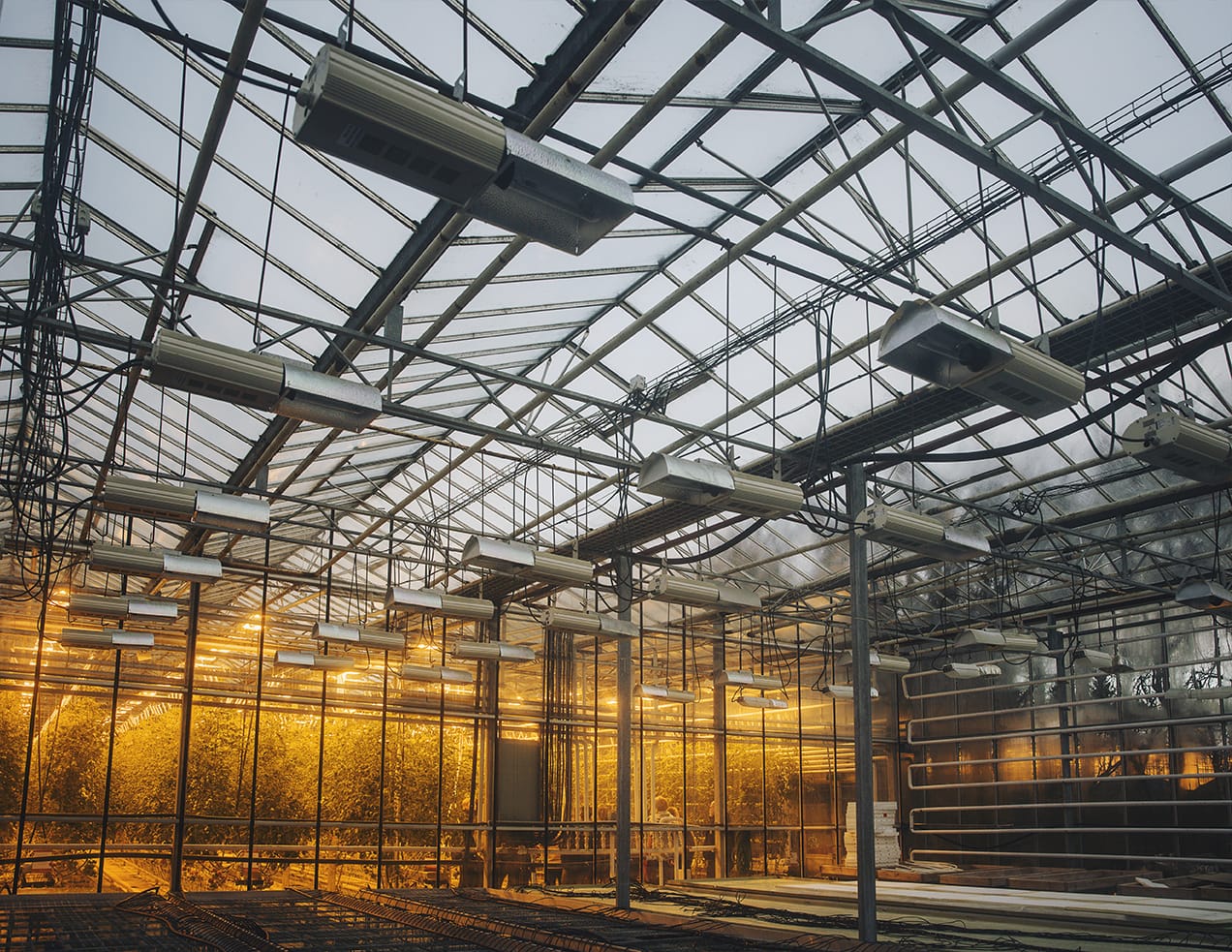
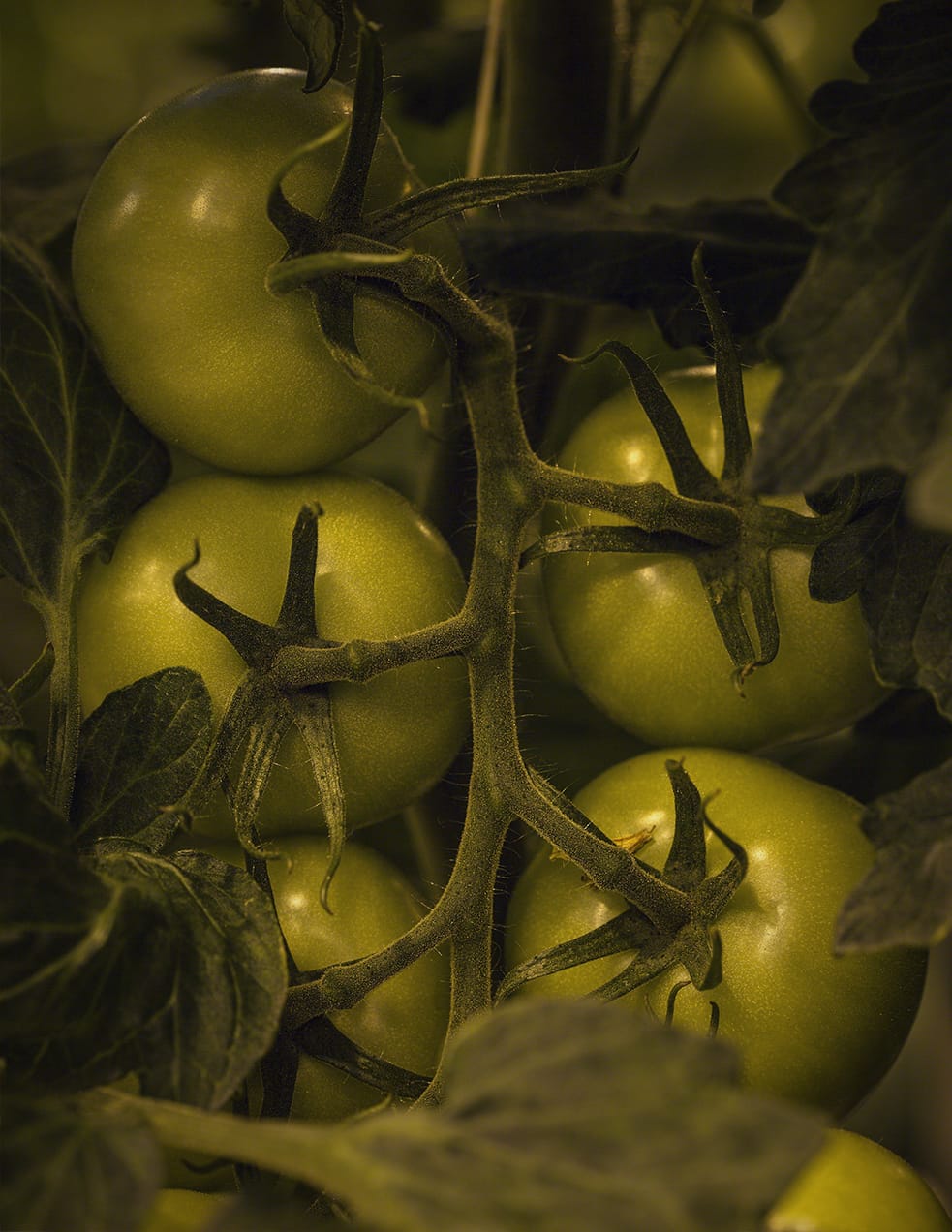

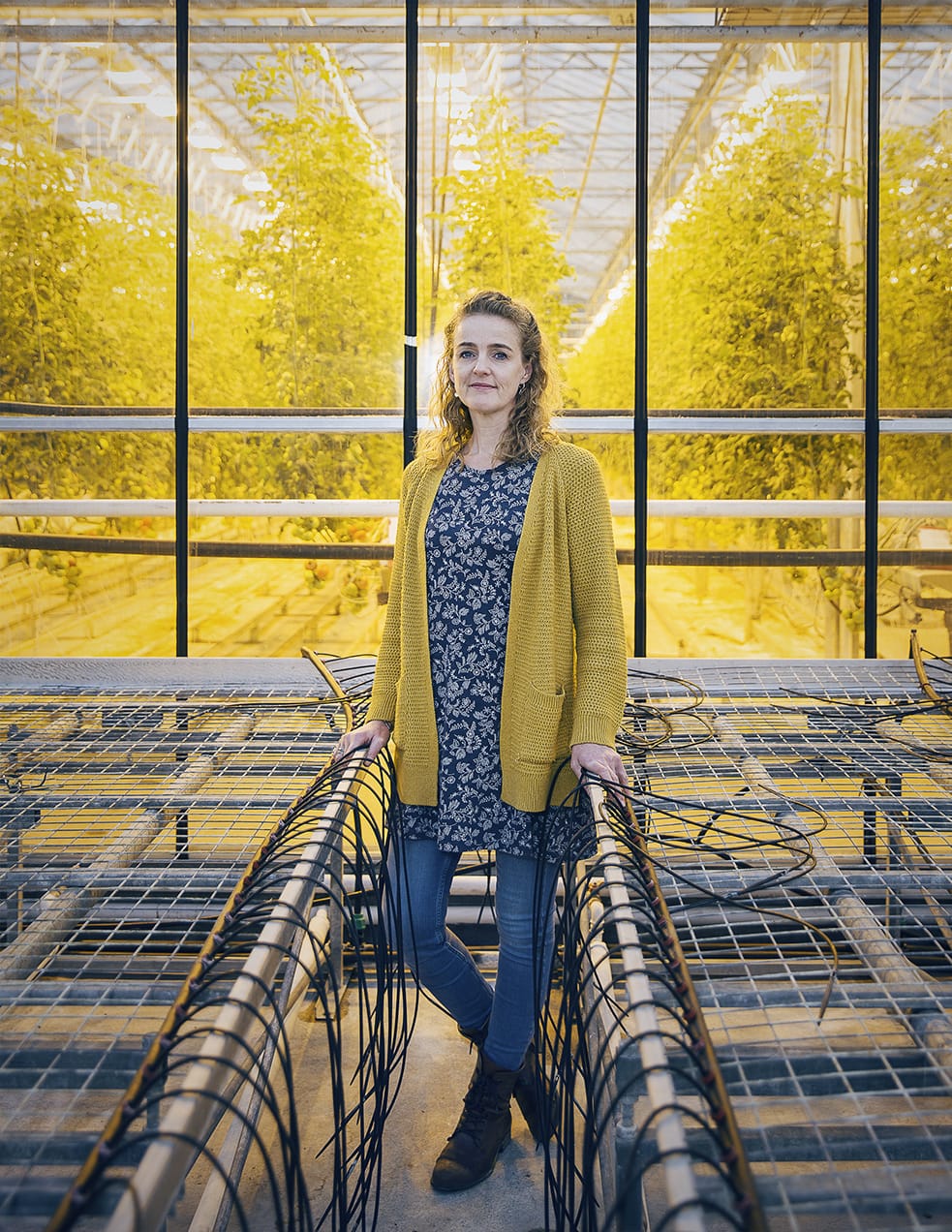
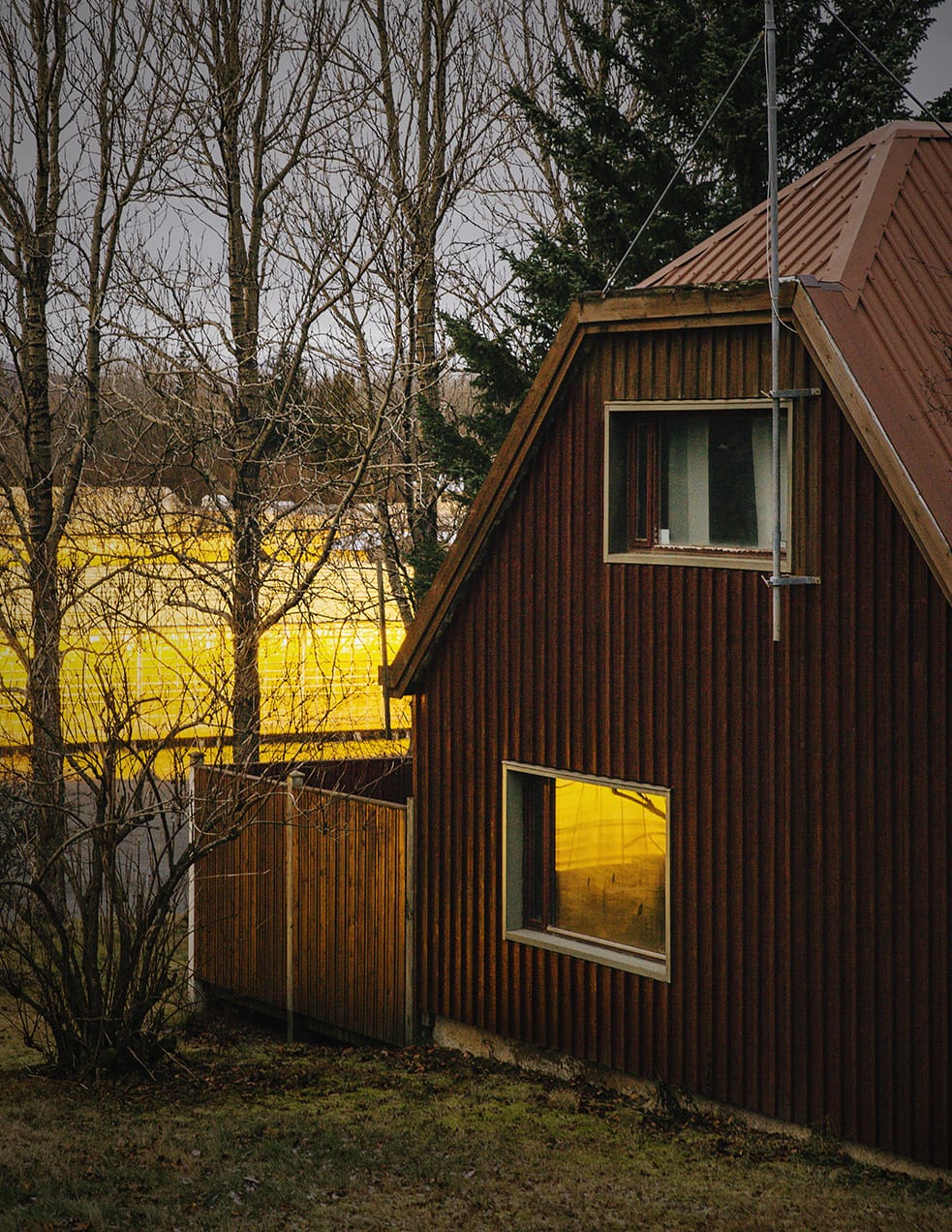
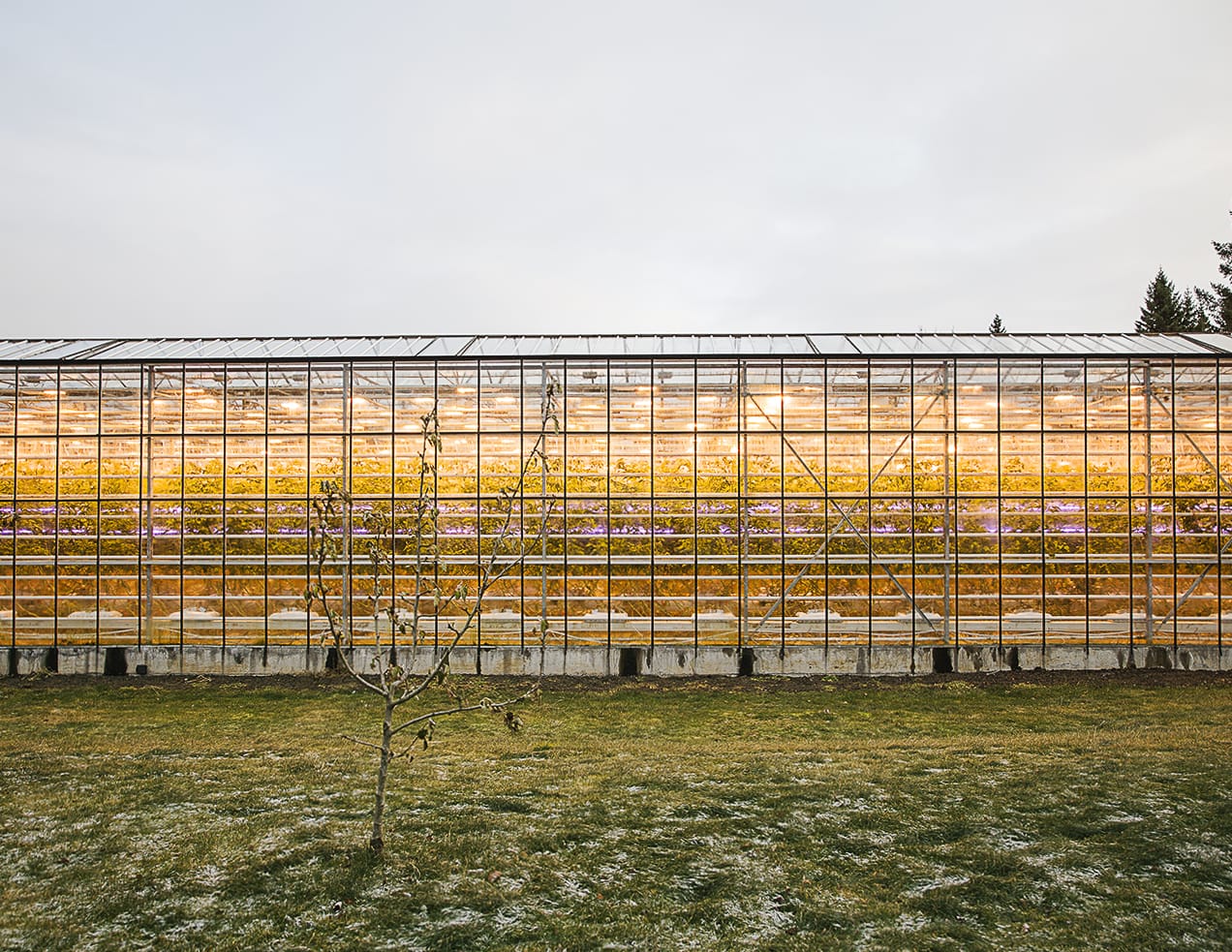

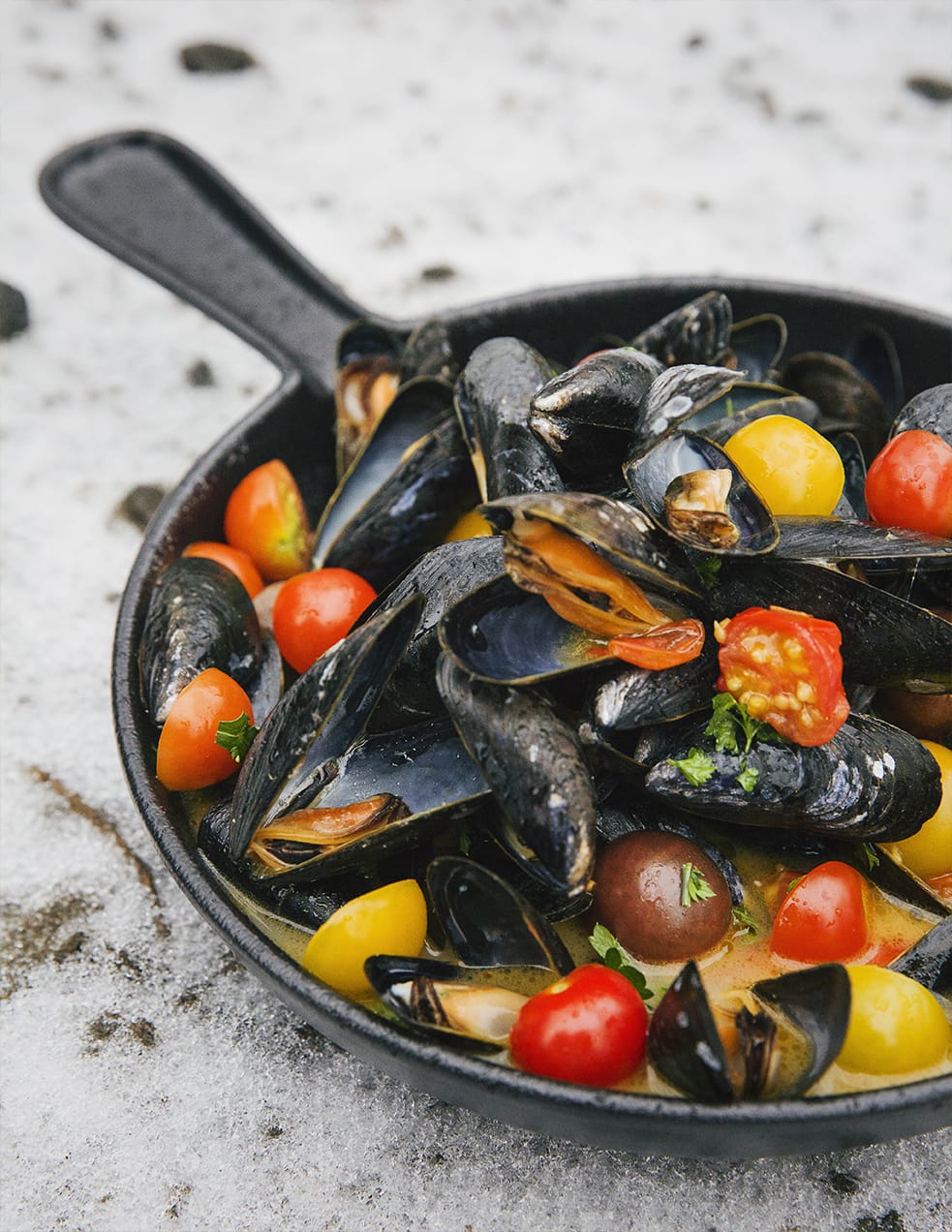
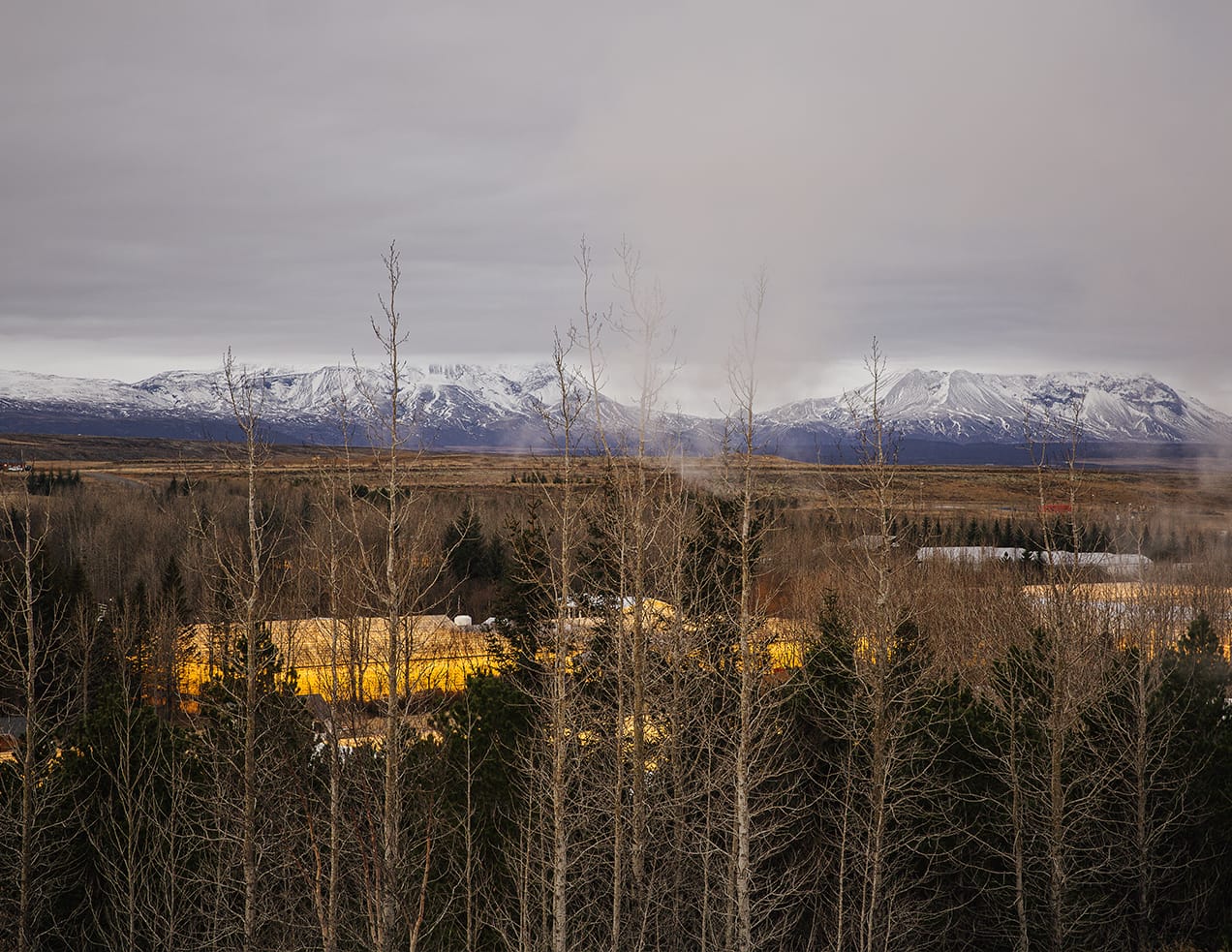
Friðheimar greenhouse and restaurant
Located in Reykholt, Friðheimar produces three varieties of tomatoes in its 5,000 square metres (54,000 square feet) of electrically lit greenhouses each year, with a yield of around 300 tonnes (300,000kg) of tomatoes (around 18 percent of Iceland’s total tomato market). And according to Rakel Theodórsdóttir, the marketing and quality manager at Friðheimar, “the farm uses around 100,000 tonnes of hot water a year to heat the greenhouses and aims to grow tomatoes with the best taste quality while also maintaining eco-friendly standards”.
Geothermal energy is used to heat and sterilise the soil and greenhouses, and to produce carbon dioxide and electricity. Water from the nearby hot spring flows into the Friðheimar greenhouse, where it circulates through kilometres of pipes in order to heat it to the right temperature. Once it has cooled down to 43°C (109°F), it returns to the spring to be recirculated.
Friðheimar also doubles as a restaurant which works to keep the tomato production as local to Iceland as possible. “All electricity used at the site comes from Iceland’s green electricity sources, carbon dioxide comes from natural steam at Haedarendi and growers use volcanic tuff, such as pumice from Mount Hekla, as a substrate in place of soil,” Theodórsdóttir says.
Text by Amy Ockelford